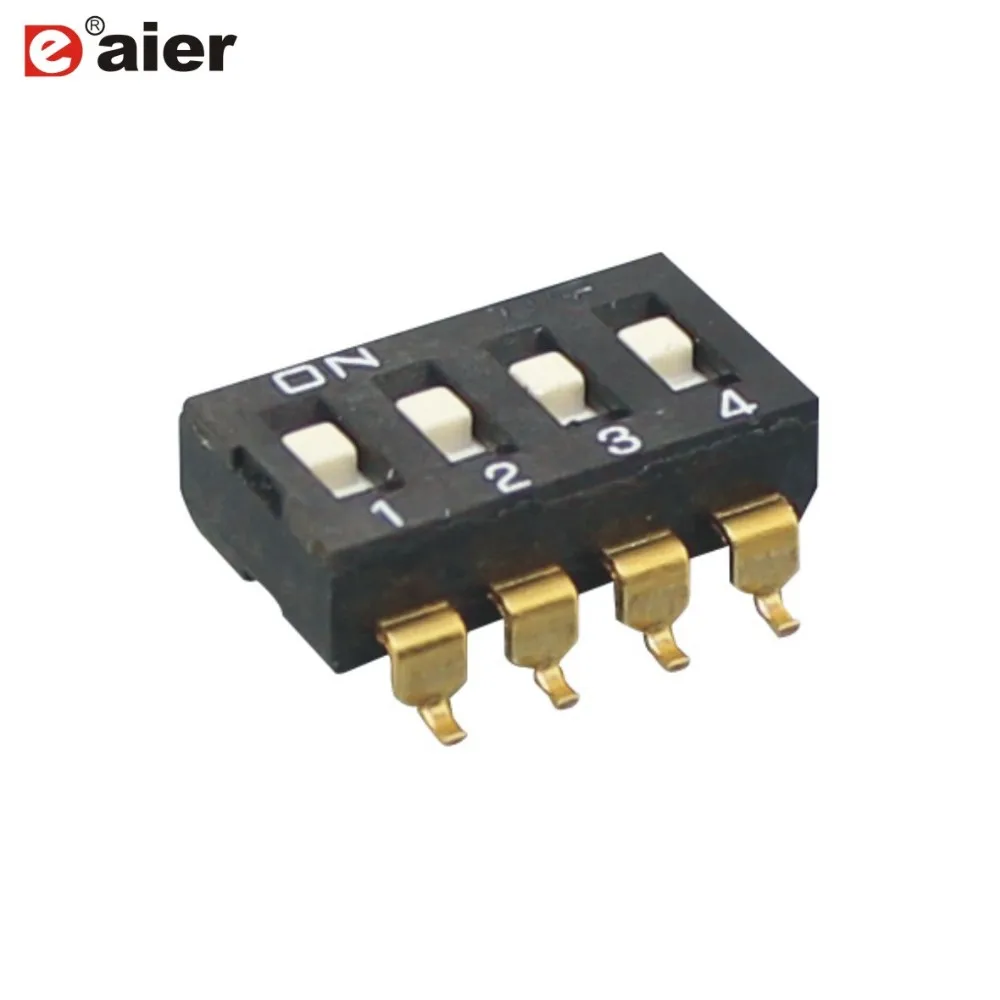
- 10 POSITION DIP SWITCH CALCULATOR SOFTWARE
- 10 POSITION DIP SWITCH CALCULATOR CODE
- 10 POSITION DIP SWITCH CALCULATOR PC
- 10 POSITION DIP SWITCH CALCULATOR SERIES
However, DIP switches are still widely used in industrial equipment because they are inexpensive and easy to incorporate into circuit designs, and because they allow settings to be checked at a glance without powering the system on.ĭIP switches are still used in some remote controls to prevent interference for example, to control a ceiling fan (and its light fixture) that was retrofitted to a single- circuit junction box.
10 POSITION DIP SWITCH CALCULATOR SOFTWARE
Reasons include the trend toward smaller products, the demand for easier configuration through software menus or plug and play, and the falling price of non-volatile memory. For example, CGA cards allowed for MDA compatibility.Īfter the late 1990s, DIP switches became less common in consumer electronics. These types of switches were used on early video cards for early computers to facilitate compatibility with other video standards.
10 POSITION DIP SWITCH CALCULATOR CODE
Current garage door openers use rolling code systems for better security. This design, which used up to 12 switches in a group, was used to avoid RF interference from other nearby door opener remotes or other devices. DIP switches were very commonly used to set security codes on garage door openers as well as on some early cordless phones. Before the advent of cheaper, battery-backed RAM, DIP switches were also often used on arcade games in the 1980s and early 1990s to enter game settings such as difficulty or the number of credits per coin.
10 POSITION DIP SWITCH CALCULATOR PC
They are, however, still referred to as "DIP switches", as the term has become associated with the style of switch.ĭIP switches were used extensively in ISA architecture of PC expansion cards to select IRQs and memory addresses. With the popularization of surface-mount technology, these switches are now commonly available in non-DIP surface-mount package types.

Typically, the device's firmware reads the DIP switches when the device is powered on.
10 POSITION DIP SWITCH CALCULATOR SERIES
In this case, the circuit board also needs interface circuitry for the DIP switch, consisting of a series of pull-up or pull-down resistors, a buffer, decode logic, and other components. Although circuits can use the electrical contacts directly, it is more common to convert them into high and low signals. The DIP switch package also has socket pins or mounting leads to provide an electrical path from the switch contacts to the circuit board. 2) a rotary version of a multipole slide switch where one signal has a choice between multiple connections, such as SPDT, SP3T, SP4T. Typically, rotary types are available in two different types of output, 1) a binary encoded output, where 10 (BCD) or 16 (hex) choices are encoded into a 4-bit binary output, or 5 to 8 choices are encoded into a 3-bit binary output.

Some have a knob that can be turned by fingers, or a small slot that require a screwdriver to change them. Rotary DIP switches contain multiple electrical contacts, one of which is selected by rotating the switch to align it with a number printed on the package.

This makes them especially suitable for encoding devices such as a remote controller. For example, an 8 pole tri-state DIP switch offers 6,561 (3 8) combinations/codes compared to an 8 pole binary switches 256 (2 8) combinations/codes. Eight switches offer 256 (2 8) combinations, which is equivalent to one byte.Ī tri-state type DIP switch can be in one of three positions (+, 0, -) which allows more codes than a binary DIP switch. For example, seven switches offer 128 (2 7) combinations, allowing them to select a standard ASCII character. The values of all switches in the package can also be interpreted as one number. This allows each switch to select a one-bit binary value. The slide, rocker, and piano types, which are very common, are arrays of simple single pole, single throw (SPST) contacts, each of which can be either on or off.


 0 kommentar(er)
0 kommentar(er)
